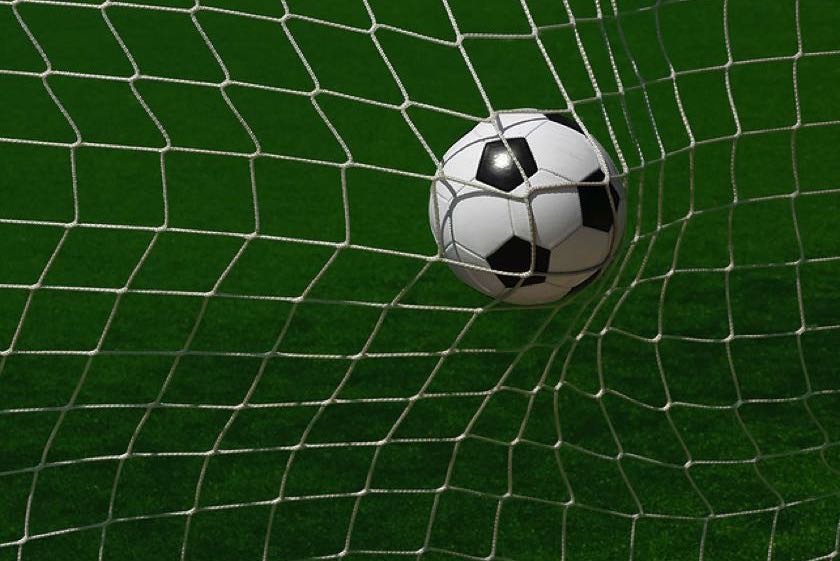Introduction
Goals in football, also known as scores or points, are the primary means of determining the outcome of a match. They are achieved when a player successfully kicks the ball into the opposing team’s net, typically past the goalkeeper. Goals hold significant importance in the sport of football, serving as the ultimate objective for teams and players alike. This article explores the various aspects of goals in football, including their history, rules, scoring techniques, and cultural significance.
History

The concept of scoring goals in football dates back centuries, with early forms of the game played in medieval Europe featuring makeshift goals or markers to represent scoring. As football evolved into a codified sport in the 19th century, the rules surrounding goals became more defined, including the introduction of nets and goalkeepers to prevent scores. The first recognized football goal is often attributed to William McCrum, who scored for Ireland against England in 1889.
Rules and Regulations

According to the Laws of the Game established by the International Football Association Board (IFAB), a goal is scored when the entire ball crosses the goal line between the goalposts and beneath the crossbar unless otherwise specified in variations of the sport such as futsal or beach soccer. Goals can be scored with any part of the body except for the hands or arms (unless a player is the goalkeeper within their penalty area).
Scoring Techniques

Players employ various techniques to score goals, depending on factors such as their position on the field, the distance from the goal, and the movements of opposing players. Common scoring techniques include shooting with the instep, volleying, heading, chipping, and bending shots. Players may also utilize set pieces such as free kicks, penalties, and corner kicks to create goal-scoring opportunities.
Cultural Significance

Goals hold immense cultural significance in football, transcending the boundaries of sport to become symbols of triumph, skill, and national identity. Iconic goals, such as Diego Maradona’s “Hand of God” and “Goal of the Century” in the 1986 FIFA World Cup, or Geoff Hurst’s hat-trick in the 1966 World Cup final, are etched into football folklore and celebrated by fans around the world. Goals often evoke passionate celebrations among players and fans, fostering a sense of camaraderie and pride within football communities.
Conclusion
In the rich tapestry of football history, goals stand as the pinnacle of achievement, embodying the essence of competition, skill, and drama. From grassroots matches to elite international tournaments, the pursuit of goals drives the excitement and spectacle of the beautiful game, captivating audiences worldwide and leaving an enduring legacy in the annals of football history.
Here are some examples of great goals scored in football:

- Diego Maradona – Argentina vs. England (1986 World Cup): Maradona’s first goal in this match, often referred to as the “Hand of God,” involved him using his hand to punch the ball into the net. While controversial, it is regarded as one of the most memorable goals in football history. His second goal in the same match, known as the “Goal of the Century,” saw him dribble past five England players before scoring.

- Zinedine Zidane – Real Madrid vs. Bayer Leverkusen (2002 UEFA Champions League Final): Zidane’s goal in the final of the Champions League is considered one of the greatest in the competition’s history. He volleyed a looping cross from Roberto Carlos with his weaker foot, sending the ball into the top corner of the net.

- Marco van Basten – Netherlands vs. USSR (1988 UEFA European Championship Final): Van Basten’s goal in the final of the Euro 1988 tournament is renowned for its technical brilliance. From an acute angle on the right side of the penalty area, he struck a volley with the outside of his foot that sailed over the goalkeeper and into the far corner of the net.

- Lionel Messi – Barcelona vs. Getafe (2007 Copa del Rey): Messi’s solo goal against Getafe is often compared to Diego Maradona’s “Goal of the Century.” He dribbled past several opposition players from his half, evading tackles and displaying exceptional close control, before slotting the ball into the net.

- Roberto Carlos – Brazil vs. France (1997 Tournoi de France): Carlos’ free-kick goal against France is celebrated for its remarkable swerve and dip. He struck the ball with immense power from an incredibly tight angle on the left side of the pitch, causing it to curve dramatically into the top corner of the net.

- Dennis Bergkamp – Netherlands vs. Argentina (1998 FIFA World Cup): Bergkamp’s goal in the quarter-final of the 1998 World Cup showcased his exquisite first touch and composure. He controlled a long pass with one touch, flicked the ball past the defender with his second touch, and then calmly slotted it past the goalkeeper with his third touch.
These are just a few examples of the many memorable goals scored in football history, each demonstrating the skill, creativity, and athleticism of the players involved.
